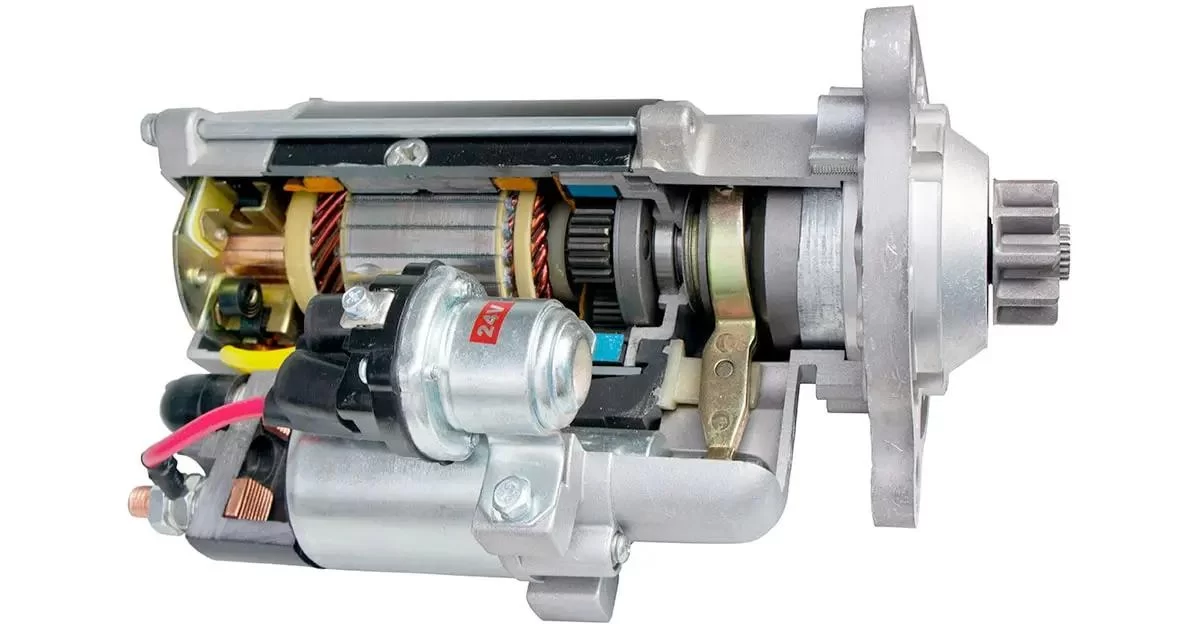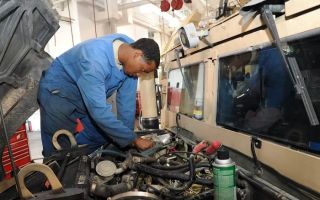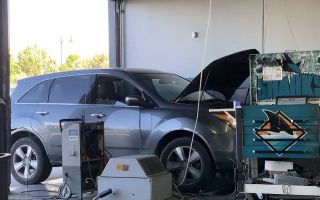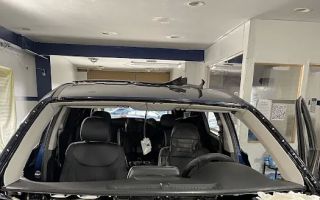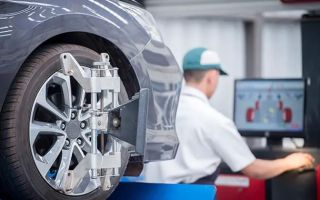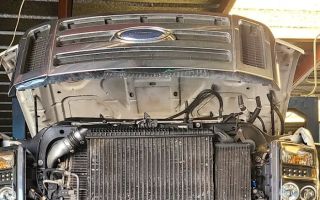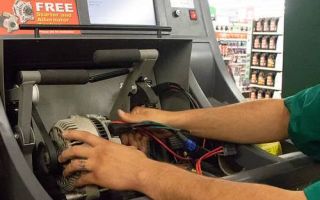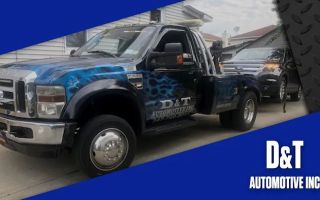How to Fix a Car with a Faulty Starter Motor – A Step-by-Step Guide
There’s nothing more frustrating than turning the key (or pushing the start button) only to hear nothing, maybe just a faint clicking sound. A faulty starter motor can leave you stranded at the worst times. I’ve been in this situation before, and knowing how to diagnose and fix the problem can save time, money, and stress. Instead of immediately calling a mechanic, let's go through a step-by-step process to troubleshoot and fix the issue.

Fletcher Jones Motorcars Service Center
3300 Jamboree Rd, Newport Beach, CA 92660, USA
1. Recognizing the Signs of a Faulty Starter Motor
Before assuming the starter motor is the culprit, it's important to identify the common signs that indicate it's failing:
- Clicking Sound but No Crank: If you hear a single click or a rapid clicking noise when turning the key, the starter solenoid might be engaging but not turning the motor.
- Completely Silent When Turning the Key: A dead starter motor may not respond at all, making no noise.
- Starter Spins but Engine Doesn't Turn Over: This could mean a faulty drive gear inside the starter.
- Intermittent Starting Problems: If the car starts sometimes and fails at other times, the starter motor might be failing gradually.
- Burning Smell or Smoke: A failing starter can overheat, producing a noticeable burning odor.
2. Checking the Battery and Electrical Connections
Before jumping to starter motor replacement, I always check the battery and electrical system first, since these can also cause starting issues.
- Test the Battery: Use a multimeter to check the voltage. A healthy battery should read at least 12.6V when the car is off and above 13.7V when running.
- Check for Corroded Terminals: Dirty or corroded battery terminals can prevent enough power from reaching the starter.
- Inspect Battery Cables: Ensure the cables are tight and free of damage.
- Jump-Start the Car: If the engine starts after jump-starting, the issue might be a weak battery rather than the starter motor.
3. Testing the Starter Motor
Once I rule out the battery, the next step is testing the starter itself.
- Locate the Starter Motor: The starter is usually mounted near the transmission bell housing.
- Check the Starter Relay: Swap it with another identical relay in the fuse box to see if the issue is resolved.
- Tap the Starter Motor: Lightly tapping the starter with a hammer while turning the key can sometimes free a stuck solenoid.
- Bypass the Ignition Switch: Using a screwdriver, I bridge the starter solenoid terminals to see if the motor spins.
4. Removing the Faulty Starter Motor
If testing confirms that the starter motor is bad, it’s time to replace it. Here’s how I remove it:
- Disconnect the negative battery terminal for safety.
- Locate the starter motor, typically found near the engine and transmission connection.
- Disconnect the wiring harness and solenoid connections.
- Remove the mounting bolts securing the starter.
- Carefully pull out the old starter motor.
5. Installing a New Starter Motor
Once the old starter is out, installing a new one is straightforward.
- Position the new starter motor in place.
- Secure it with the mounting bolts and tighten them properly.
- Reconnect the wiring harness and solenoid connections.
- Reconnect the battery and test the starter.
6. Testing the New Starter Motor
After installation, I always perform a few tests:
- Turn the ignition key and listen for smooth cranking.
- Ensure the engine starts without hesitation.
- Check for any unusual noises or smoke.
7. When to Seek Professional Help
If replacing the starter motor doesn’t fix the problem, other issues might be at play, such as:
- A faulty ignition switch preventing power from reaching the starter.
- Worn-out wiring causing inconsistent power delivery.
- A problem with the car’s security system preventing engine start.
In such cases, it’s best to consult a professional mechanic. If the car is completely undrivable, I recommend contacting a tow service for assistance. For a reliable towing option, visit Rescue & Towing.

One Stop Motors, Inc.
1076 W 9th St, Upland, CA 91786, USA
8. Preventing Future Starter Motor Issues
To keep the starter motor working efficiently for years, I follow these maintenance tips:
- Ensure battery terminals stay clean and free from corrosion.
- Avoid holding the key in the start position for too long.
- Regularly inspect and replace worn-out electrical connections.
- Check for signs of oil or fluid leaks that can damage the starter.
By following these steps, I can prevent premature failure and ensure my car starts reliably every time.

